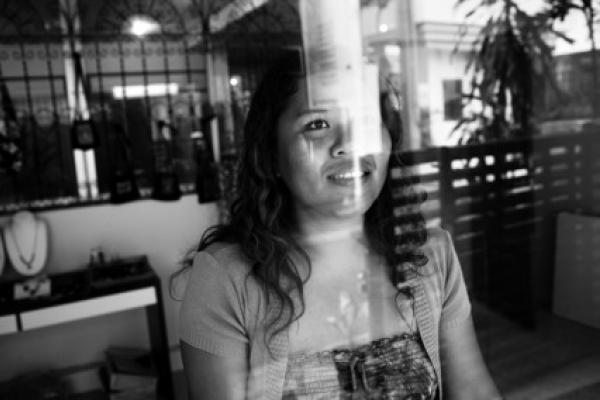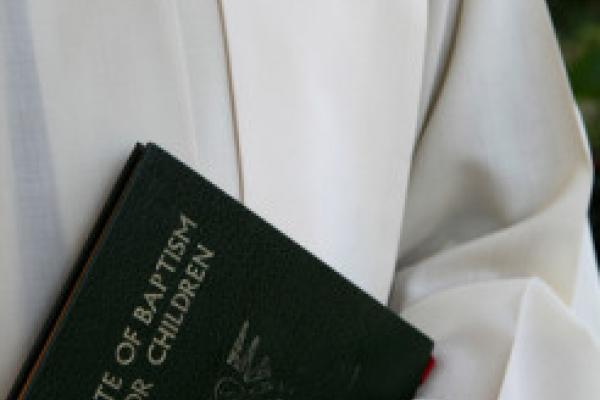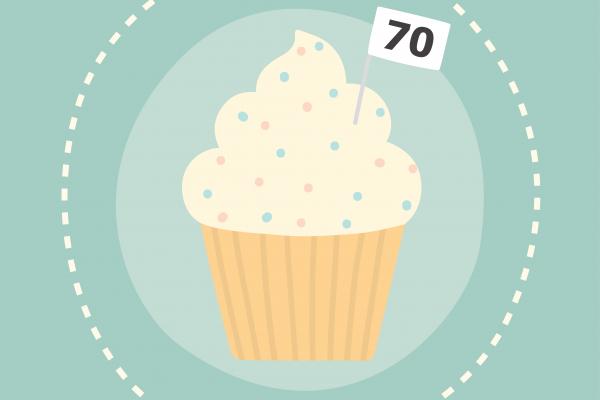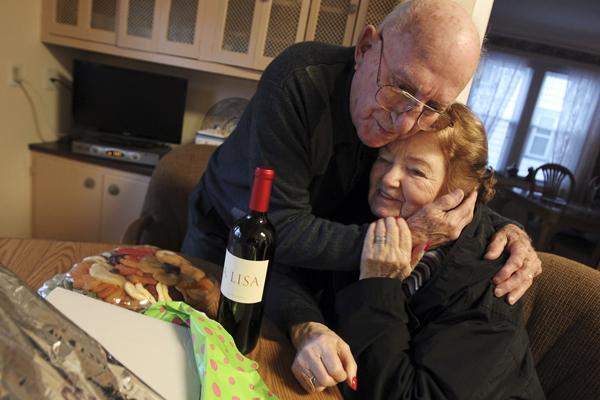A small delicate silver cross hangs around Mint’s neck, a charm she reaches for nervously from time to time as she speaks.
Mint is her nickname, an Anglicized version of the long Thai name she was given and would rather not make public. As a former prostitute, the 24-year-old is concerned about bringing shame to her family, though she says everyone in her village in the northeastern province of Issan — a poor agricultural region along the border with Cambodia and Laos — would assume, or simply know, she had to be doing sex work to send money back home.
Everyone in Bangkok knows how it works. Many of the countless massage parlors, go-go bars, and karaoke joints peppered throughout the city are frequently thinly veiled fronts for prostitution. Heavily made-up girls hang around in the periphery of joints catering to Western tourists.
The Church of England has been accused of “dumbing down” the baptism service following the introduction of an alternative liturgy in which parents and godparents need not repent of their “sins” or reject “the devil.”
In the traditional version of the service, parents and godparents are asked: “Do you reject the devil and all rebellion against God?” and “Do you repent of the sins that separate us from God and neighbor?”
In the alternative version, now being tested in 400 churches, parents are instead asked to “reject evil and all its many forms and all its empty promises.”
Can you imagine? I am now three score plus 10! According to measurements used during biblical times, a "score" was 20 years. Three score is 60 years. So three score plus ten, makes me 70. Moses put is this way in Psalms 90: "Seventy years are given to us! Some even live to eighty. But even the best years are filled with pain and trouble; soon they disappear, and we fly away." Well, I am not quite ready to fly away!
When I was a child, a 70-year-old person was truly ancient; like, really, really old. I imagined they were almost as old as dirt, salt, or the oldest Bible character, Methuselah. In my child's mind, 70 was too old to move fast, think hard, feel deeply, laugh out loud, dance gracefully, exercise intensely, and experience joy. Mostly, 70 year olds were just waiting to die. Right? Of course, they were definitely too advanced in years to think, feel, or act sexually, even though researchers say otherwise.
What is so amazing is that I feel many times better today than I felt at 60, 50, or even 40. 70 really IS the new 50!
My mom died in a nursing home five years ago this week. She spent the last 10 months of her life there following a severe stroke. Mary was buried next to her mom, Ann, at the top of a gently rising hill in a cemetery during a 13-inch snowfall in Cleveland.
There was a lot of talk about hot chocolate that day.
My mom always found ways to give something to others. Multiple sclerosis forced her to use a wheelchair, but she still figured out ways to give gifts. She took a ceramics class in her apartment building and made Christmas ornaments for family and friends. Some of them hang on our tree even now. A red-nosed reindeer that she made stands in our living room each December.
After her stroke, she was very limited. One side of her body didn’t work at all. She was bedridden those last 10 months. Still, she found a way to give. When the attendants at her nursing home came around and asked what she wanted for each meal, she ordered a packet of hot chocolate with it.
She didn’t like hot chocolate. Never drank it. But she saw an opportunity to come up with a gift. She saved the packets of hot chocolate and gave them to my sister Joanne, who has two boys. They would get the gift of hot chocolate from her.
What a remarkable gesture, eh? Even confined to a bed, she found a way to give.
The fire in the Chaman e Babrak camp in Kabul, Afghanistan, began in Nadiai’s home shortly after noon. She had rushed her son, who had a severe chest infection, to the hospital. She did not know that a gas bottle was leaking; when the gas reached a wood-burning stove, flames engulfed her mud hut and extended to adjacent homes, swiftly rendering nine extended families homeless and destitute in the midst of already astounding poverty. By the time seven fire trucks had arrived in response to the fire at the refugee camp, the houses had burned to the ground.
No one was killed. When I visited the camp, three days after the disaster, that was a common refrain of relief. Nadiai’s home was on the edge of the camp, close to the entrance road. Had the fire broken out in the middle of the camp, or at night when the homes were filled with sleeping people, the disaster could have been far worse.
Even so, Zakia, age 54, who also lives in the camp, said this is the worst catastrophe she has seen in her life, and already their situation was desperate.
It’s been almost 70 years, but Marsha Kreuzman still remembers the moment she laid outside the steps of a Nazi crematorium wishing she could die.
Kreuzman had already lost her mother, father, and brother to the Holocaust, and death seemed inevitable, she said.
But then an American soldier picked up her 68-pound body and whisked her to safety.
“I wanted to kiss his hand and thank him,” she said. “From the first day I was liberated, I wanted to thank them, but I didn’t know who to thank.”
Since then, the now-90-year-old Holocaust survivor has been on a decades-long quest to find American soldiers who liberated the Mauthausen concentration camp, one that didn’t have any success until she met Joe Barbella, two months ago, quite by chance.
California pastor Ryan Bell has a novel New Year’s resolution. For one year, he proclaimed, he will “live without God.”
It’s an odd resolution for an ordained minister, former church pastor, teacher at two highly regarded Christian universities, and church consultant. Yet for the next 12 months, Bell, 42, plans to refrain from praying, reading the Bible, and thinking about God at all.
Instead, he will read atheist authors, attend atheist gatherings, and seek out conversation and companionship with unbelievers. He wants to “do whatever I can to enter the world of atheism and live, for a year, as an atheist.”
Still, his resolution is only an experiment — he is not, he said, an atheist. “At least not yet,” he wrote in an essay for The Huffington Post, where, on New Year’s Eve, he announced his plan and a new blog to document it.





